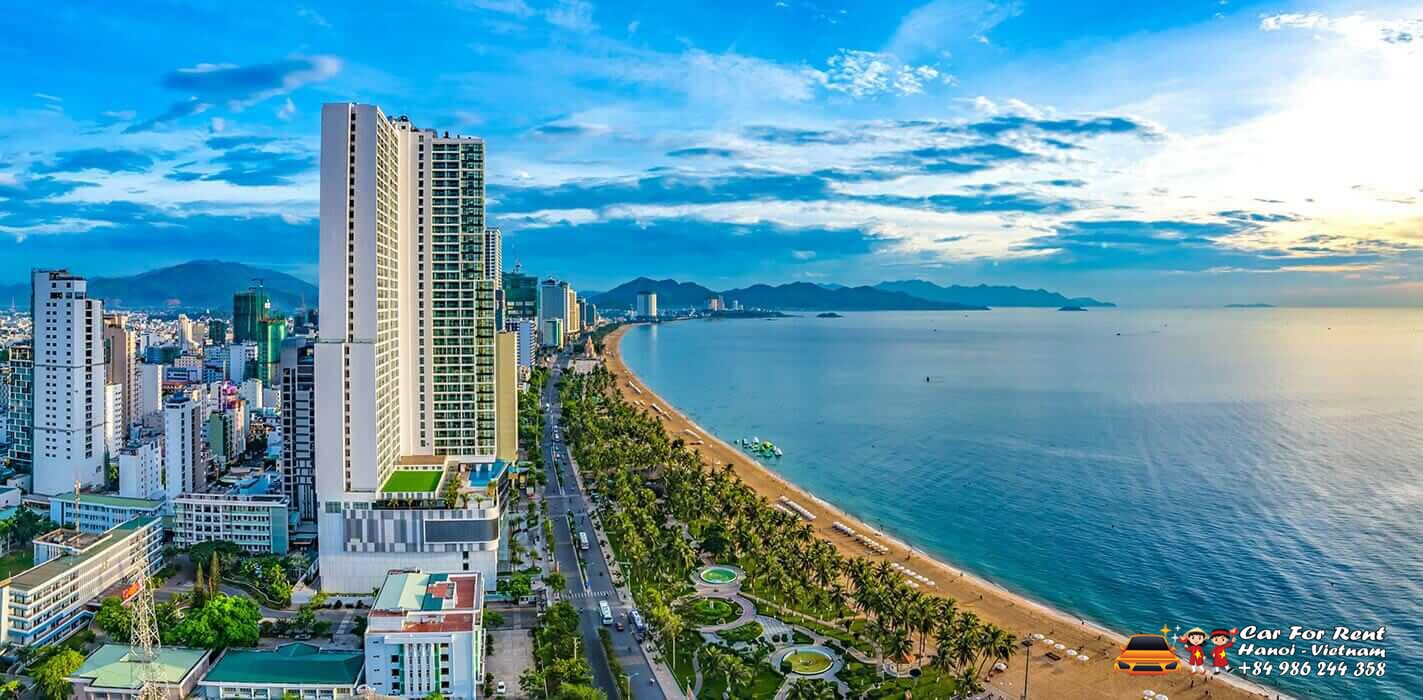My Son is a complex of ancient Hindu temples located in the Quang Nam province of central Vietnam. It was the religious and political center of the Champa Kingdom, which flourished from the 4th to the 15th century CE. The temples are dedicated to various deities of the Hindu pantheon, such as Shiva, Vishnu, and Brahma. They are also decorated with sculptures, inscriptions, and reliefs that reflect the artistic and cultural achievements of the Cham people.
My Son was recognized as a UNESCO World Heritage Site in 1999, as an example of the cultural exchange and integration between the indigenous and Indian civilizations in Southeast Asia. It is also a testimony to the resilience and creativity of the Cham culture, which survived centuries of wars, invasions, and natural disasters.
However, My Son also faces many challenges and threats to its preservation and conservation. The site was heavily bombed during the Vietnam War, resulting in the destruction and damage of many temples and artifacts. It is also exposed to the effects of weathering, erosion, vegetation growth, and human activities. Therefore, it is important to raise awareness and appreciation for this unique heritage site, and to support its restoration and protection.
In this blog post, I will introduce you to some of the main features and attractions of My Son, as well as some tips and recommendations for visiting this amazing place.
The History of My Son
The origins of My Son can be traced back to the 4th century CE, when King Bhadravarman I of Champa founded a sanctuary dedicated to Shiva at the site. He named it Srisanabhadresvara, meaning “the temple of the good king who is an incarnation of Shiva”. The temple was later expanded and renovated by successive kings of Champa, who added more structures and monuments to honor their ancestors and gods.

The peak of My Son’s development was between the 10th and 13th centuries CE, when it became the most important religious center of Champa. The kings built elaborate brick towers and shrines with intricate carvings and sculptures. They also commissioned inscriptions in Sanskrit and Cham languages that recorded their genealogy, achievements, donations, and rituals. The architecture and art of My Son reflected the influences of various Indian schools and styles, such as Pallava, Chola, Khmer, Pala, and Vijayanagara.
The decline of My Son began in the 14th century CE, when Champa was invaded by the Vietnamese from the north and the Khmer from the west. The Cham people were gradually assimilated or displaced by their conquerors. The last king of Champa, Che Bong Nga, was killed in battle in 1390 CE. The temples of My Son were abandoned and forgotten by the locals.
The site was rediscovered by French scholars in the late 19th century CE, who conducted surveys and excavations. They also collected many artifacts and sculptures from My Son and brought them to museums in France and Vietnam. However, they also caused some damage to the site by removing bricks and stones for their studies.
The most devastating blow to My Son was during the Vietnam War (1955-1975 CE), when it was used as a base by the Viet Cong guerrillas. The US forces bombed the area extensively in 1969 CE, destroying more than half of the temples and damaging many others. Some of the bombs are still unexploded and pose a risk to visitors.
Since 1975 CE, various efforts have been made to restore and conserve My Son. The Vietnamese government has collaborated with international organizations such as UNESCO, ICOMOS (International Council on Monuments and Sites), EFEO (École française d’Extrême-Orient), JICA (Japan International Cooperation Agency), ASI (Archaeological Survey of India), among others. They have cleared mines, removed vegetation, stabilized structures, repaired damages, reconstructed towers, and documented inscriptions.

The Architecture and Art of My Son
My Son consists of about 70 temples and towers that are grouped into 10 clusters named from A to K (except F). Each cluster represents a different period or dynasty of Champa history. The clusters are arranged along a valley surrounded by mountains and forests. The main axis of orientation is from east to west, following the direction of sunrise and sunset.
The temples are built mainly from red bricks that are bonded together by a special mortar made from organic materials such as resin, sugar, and lime. The bricks are also carved and molded into various shapes and patterns. The roofs are made from sandstone slabs that are stacked in tiers. The towers have different shapes and sizes, such as square, rectangular, octagonal, or circular. They usually have one or more chambers that house the images or symbols of the deities.
The most prominent feature of My Son is the sculpture and decoration that adorn the temples. The sculptures are made from stone, metal, terracotta, or stucco. They depict the gods and goddesses of Hinduism, such as Shiva, Vishnu, Brahma, Ganesha, Durga, Lakshmi, etc. They also portray the mythical creatures and animals that are associated with them, such as Nandi (the bull), Garuda (the eagle), Makara (the crocodile), etc. The sculptures are often placed in niches or pedestals on the walls or corners of the towers.
The decoration consists of reliefs and carvings that cover the surfaces of the temples. They illustrate scenes from Hindu mythology and legends, such as the Ramayana, the Mahabharata, the Puranas, etc. They also show the daily life and culture of the Cham people, such as their costumes, jewelry, musical instruments, dances, rituals, etc. The decoration is rich in symbolism and meaning, expressing the beliefs and values of the Cham civilization.

How to Visit My Son
My Son is located about 40 km from Hoi An and 70 km from Da Nang. It can be reached by car, motorbike, bus, or tour. The entrance fee is 150,000 VND (about 6.5 USD) per person. The site is open from 6:30 am to 5:00 pm every day.
The best time to visit My Son is in the early morning or late afternoon, when the temperature is cooler and the light is softer. The site can be very hot and humid during the day, especially in the summer months (May to August). It can also be rainy and muddy during the rainy season (September to December).
The site is divided into two zones: Zone A and Zone B. Zone A contains clusters A to G and Zone B contains clusters H to K. There is a shuttle bus that runs between the two zones every 15 minutes. The bus ticket is included in the entrance fee.
It takes about 2 to 3 hours to explore My Son thoroughly. You can follow a guided tour or a self-guided tour with an audio guide or a map. You can also hire a local guide who can explain the history and culture of My Son in more detail.
There are some things to keep in mind when visiting My Son:
- Respect the site as a sacred place and do not touch or climb on the temples.
- Wear comfortable clothes and shoes that are suitable for walking and hiking.
- Bring water, snacks, sunscreen, hat, sunglasses, insect repellent, and umbrella.
- Do not litter or make noise that can disturb the tranquility of the site.
- Be careful of unexploded bombs and mines that may still be hidden in some areas.
- Do not take photos or videos with flash or tripod as they can damage the temples.

Contact us:
Car For Rent Hanoi VietNam
https://zalo.me/0986244358
Conclusion
My Son is a fascinating and beautiful destination that offers a glimpse into the ancient and mysterious world of Champa. It is a place where you can admire the art and architecture of a lost civilization, learn about their history and culture, and enjoy the natural scenery and atmosphere. It is also a place where you can appreciate the efforts and challenges of preserving and conserving this precious heritage site for future generations.
If you are interested in visiting My Son, you can book your trip online or contact us for more information and assistance. We hope you will have a wonderful time at My Son! 🙏












